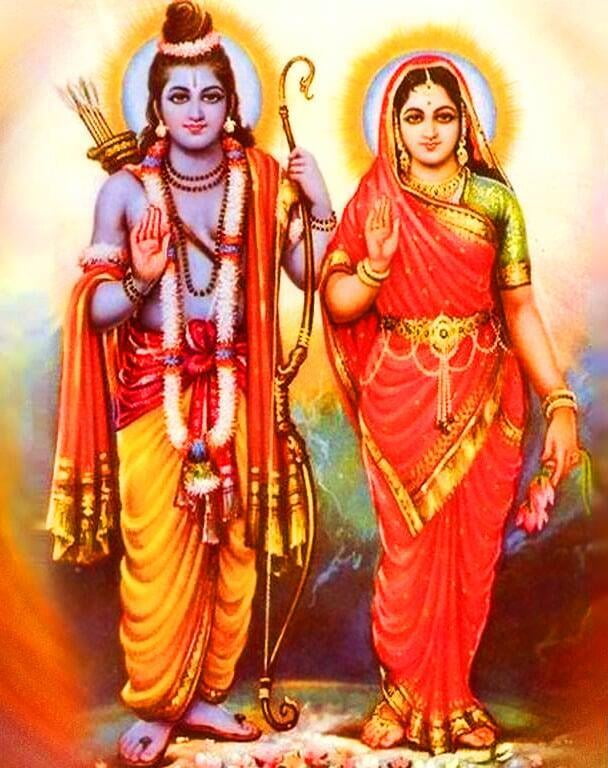Other Great World Teachers
Buddha
The Brahmans predicted that a great sage would be born to the Queen, who would either retire into a holy life, or become the king of the entire world.
The king, realizing that his son was no ordinary man, decided that to prevent Siddhartha from choosing the life of an ascetic, he would surround Siddhartha with all the luxuries that money could buy.
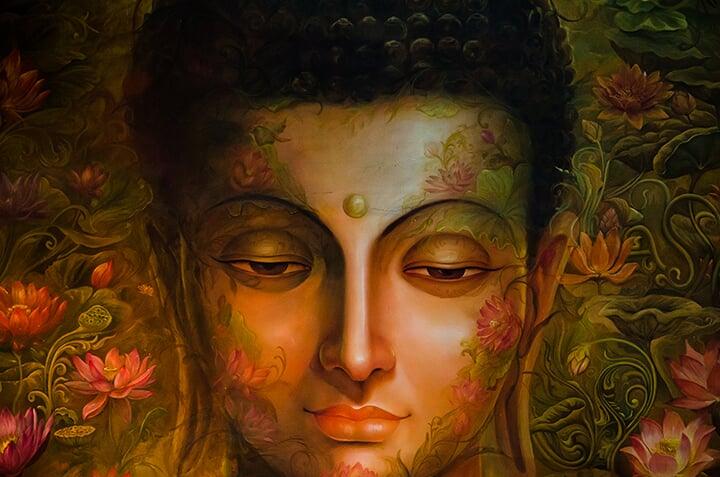
The prince had palaces of his own, and vast gardens filled with rich plants, shining fish, little boats, musicians, and beautiful women. He was married to the most beautiful of women who gave him a son. But all this time Siddhartha was prevented from seeing any illness, old age, suffering and death, so he did not even know that they existed.
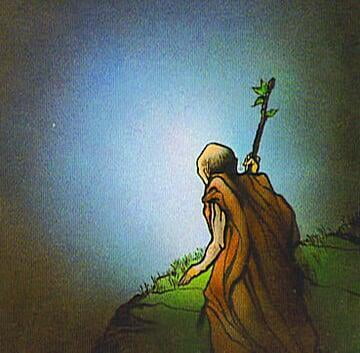
But the powers of the Celestial Beings who watched from the high heavens, had another destiny in mind for the prince.
One day while riding in the gardens, the sages sent a vision of an old crippled man into his mind. Another day it was a vision of a person with a horrible disease.
Then, while riding in the city, the prince saw a funeral procession bearing a cold grey corpse. These visions caused him to ask: “Why is there suffering, sickness, mortality, and misery?” “What is life, if it must all end like this?”
Now Siddhartha could no longer enjoy his wealth or pleasures. Then came the last of the visions: this one was of a stately robed figure in the saffron robes of a monk. The monk had peace in his face, and enlightenment in his eyes. Siddhartha felt that this monk was the master of life and death.
Strengthened by his food, and aided by a villager, the prince slowly regained his health. Discouraged and weary, after six years of constant pilgrimage, he sank beneath the spreading branches of the Banyan Tree to rest.
There, as he reviewed the events of his life, the Earth opened up before him and Mara and Kara, death and desire came to him, trying to seduce him into their snares.
But Siddhartha was unmoved by their demands, pleasures and enticements.
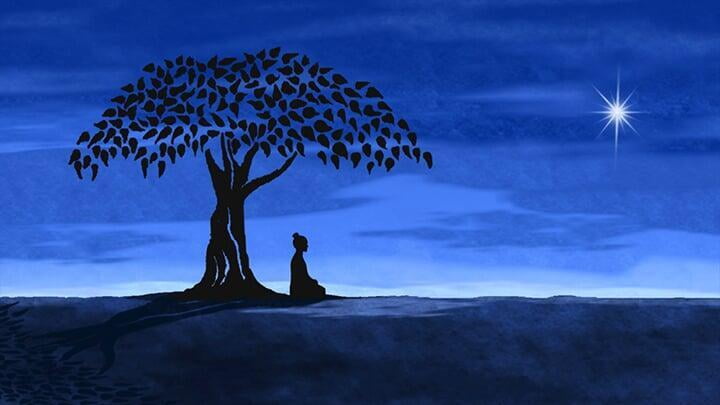
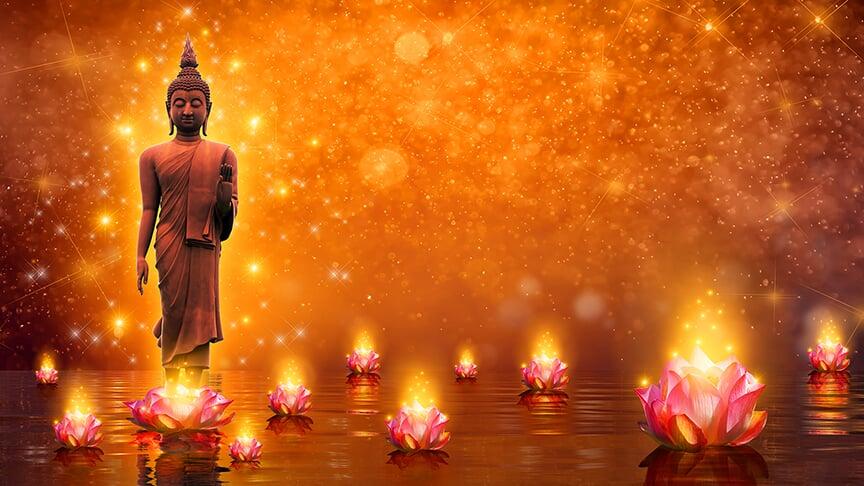
Then Mara, the great tempter, appeared once again, urging the prince to return to the heavens, now that he had become a perfected one.
But Siddhartha chose instead to stay on Earth and to teach his brothers and sisters the Middle Path, and the way out of suffering.
Thus, in his great compassion, the Siddhartha Gautama Buddha remained on Earth for until he was 80 years old and became the Light of Asia.
Quetzalcoatl
One of them was the surrender or sacrifice of the heart on the altar of God.
This was not a literal sacrifice, but a symbolic one to allow the little self or ego to be released in the service of a higher good. It is essentially the spiritual law “to do unto others as we would wish to be done to,” even if we have to sacrifice whatever we hold dear in our hearts. That means giving time, energy, ambition and resources, in order to move into a higher level of heart consciousness.
However the dark priests of Quetzalcoatl’s time perverted those teachings, using them to kill their victims and pull their hearts from their chest, thereby feeding the dark powers of fear and torture.
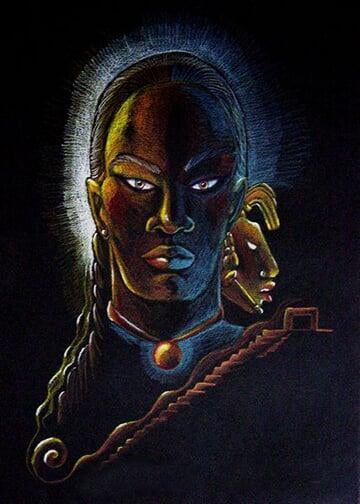
Quetzalcoatl sought to stop these practices and to offer instead the sacrifice of the fruit and the flowers on the altars to God. When he rose to a position of sufficient power, he decreed that hence forth this practice would be abolished, outlawing these brutal rituals.
Seeking to teach love and tolerance, Quetzalcoatl redirected the people into creative projects and building temples, creating giant figures to inspire them to greatness. But his mandates to abolish human sacrifice angered the priests of the dark arts, and they sought to destroy him.
While some legends tell us that having uplifted the people, Quetzalcoatl left the people and sailed away, promising to return one day, other accounts claim that Quetzalcoatl was betrayed and murdered by his best friend, who had sided with the priests.
Whatever the truth behind how his story ended, Quetzalcoatl was a great World Teacher, whose legacy still lives on in legends today. He sought to bring light where there was darkness, love where there was fear, and he took on the social, political and religious forces of the Kal force almost single handedly.
The karmic repercussion for the Aztec culture was, of course, its destruction at the hands of the Conquistadors many centuries later. As tragic as that was in many ways, we should always remember that in the Lower Worlds of Cause and Effect, we reap what we sow.
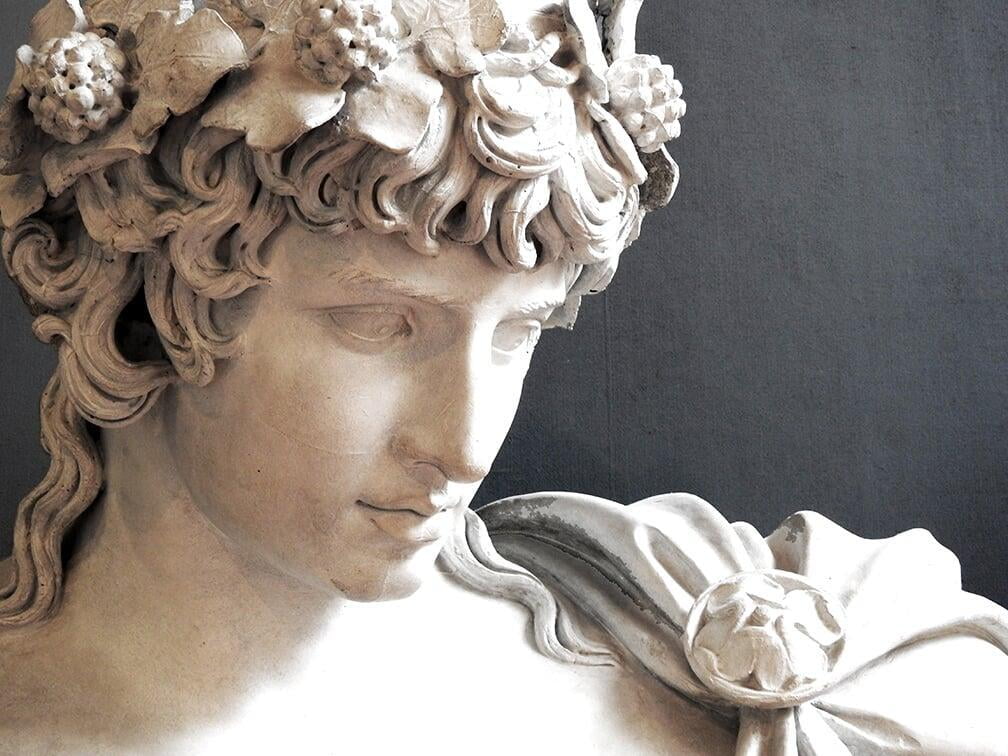
Osiris / Dionysus
The Greeks later came to call him Dionysus, and his Oracle Temples were at Delos.
When Osiris came among the people, he gathered together with his music, taming their frightened hearts and bringing food. He also brought seeds to humanity so that they could begin to replant their own food.
Thus Osiris became known as “the ever renewing Green God,” who was synonymous with eternal life itself.
Just as Isis was responsible for reestablishing civilization in Egypt after the Flood, Osiris helped the other parts of the world. So beloved was he by the people that Set, his jealous half brother, conceived a plan to destroy him.
At a contrived party, supposedly in his honor, Osiris was coaxed into lying down in a golden coffin. Immediately Set’s followers sealed the coffin with molten metal and threw it into the Nile. The coffin floated northward, lodging itself in a tall Tamarisk Tree, which in time, grew around it.
Isis went in search of her husband with the help of Anubis, her nephew. She found the coffin in Byblos, a coastal city where the tall tamarisk tree was being used as a column in a temple.
Once the king and queen knew who she was, they released the coffin and Isis sailed back to Egypt in grief. She hoped to revive Osiris with the help of her father, Thoth.
The stories of how Isis brought Osiris back to life through the power of love are legendary, but Osiris lived only long enough to impregnate her. This child became Horus, the child of light who grew up to challenge Set and pulled Egypt back from the darkness.
The worship of Isis, Osiris and Horus comprised the great Trinity of ancient Egypt, symbolizing the Divine Father, Divine Mother and Divine Child who came to help humanity.
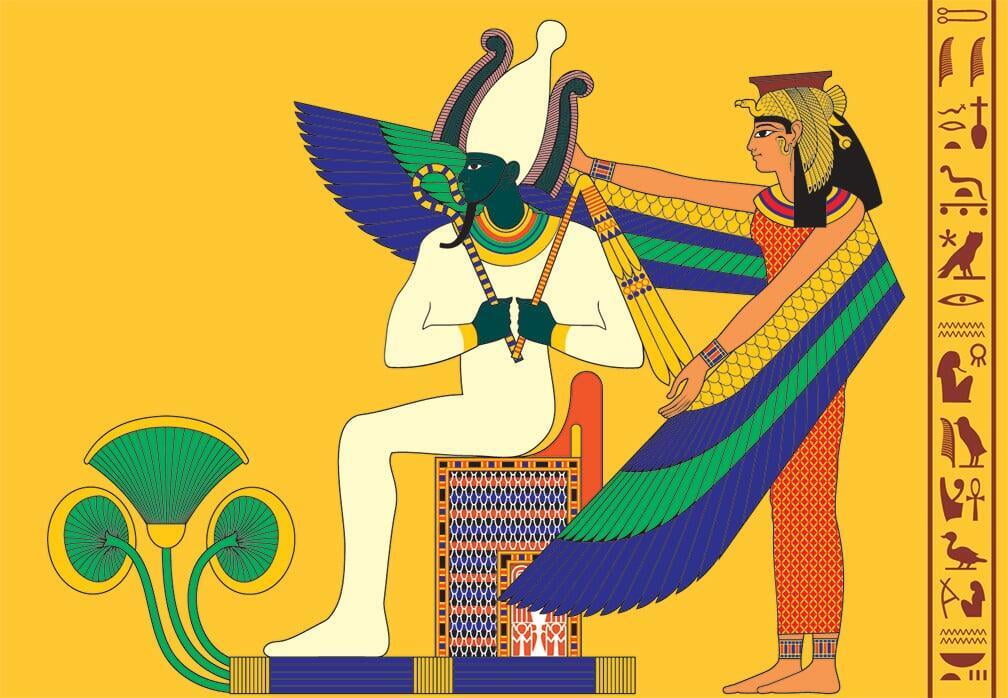
All three were beloved and worshiped all over the world for thousands of years. The temples of Osiris taught the power of the transforming energy of the KRST, (or Christ), which is the power of love.
Osiris held the titles “King of Kings,” “Lord of Everlastingness,” “Savior of Mankind,” and “Light of the World.” He is the forerunner to Jesus, who was later granted these same titles.
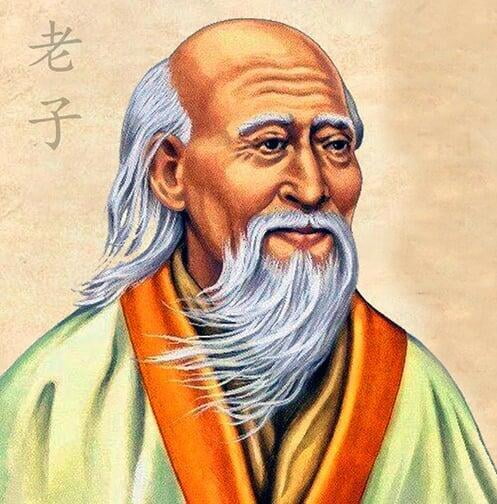
Lao Tse
He is the author of the Tao-Te-Chung, a book that translates into TheBook of the Way of Virtue. Because of his wisdom, some historians have wondered if Lao Tse was an amalgam of many different philosophers but there is historical evidence that he lived. The historian Durant writes, “Lao-Tze, greatest of the pre-Confucian philosophers, was wiser than Teng Shih; he knew the wisdom of silence, and lived, we may be sure, to a ripe old age – though we are not sure that he lived at all.”
He mounted himself on the back of his favorite ox and rode slowly towards the great mountains of the western Hankow Pass. There he encountered a famous mystic and astrologer, Yin His. Yin His had seen a vision of a strange luminous body moving in the heavens during one of his midnight vigils. He understood from his contemplations that this meant that a great luminary would soon follow that route. Therefore he built a hut by the side of the road as the gatekeeper, and awaited the arrival of the great teacher.
When Lao Tse passed that way, Yin His addressed him. “So you are going into retirement. I beg you to write a book for me.”
Lao-Tzu promptly sat down and wrote the Tao-Te-Chung, or The Way of Virtue, and handed it to the mystic. Then Lao Tze walked through the pass and disappeared into the mists. Although there are no accounts of his life after this, it is claimed that he lived to the ripe age of 87 and died peacefully.
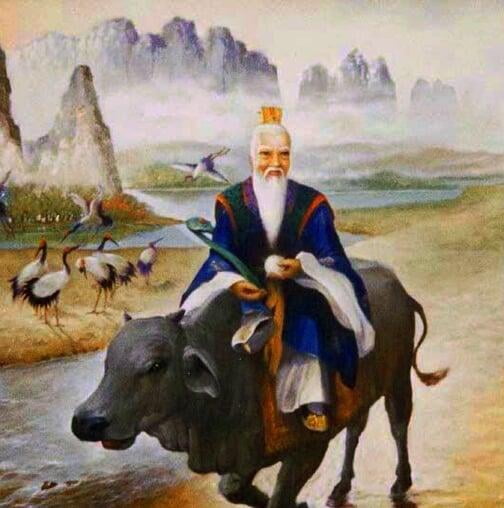
Along the way we have many stories about the nature of his wisdom. One of them is a visit from a young Confucius who came to ask Lao Tzu a question regarding history. Lao Tzu replied: “Those about whom you inquire have molded their bones into dust. Nothing but their words remain. When the hour of the great man has struck he rises to leadership; but before his time has come, he is hampered in all that he attempts.
“I have heard that the successful merchant carefully conceals his wealth, and acts as though he had nothing; that the great man, though abounding in achievements, is simple in his manners and appearance. Get rid of your pride and your many ambitions, your affectations, and your extravagant aims. Your character gains nothing from all these. This is my advice to you.”
Confucius was so impressed by the old master’s words that he could only compare him to a great, wise, mythical dragon. He took his advice to heart, concentrating more on his inner wealth than on the outward displays of affluence, and dedicating himself to the study of philosophy.
The story exemplifies the high esteem with which Lao-Tzu was accorded, and he is shown to have influenced the greatest philosophers of China.
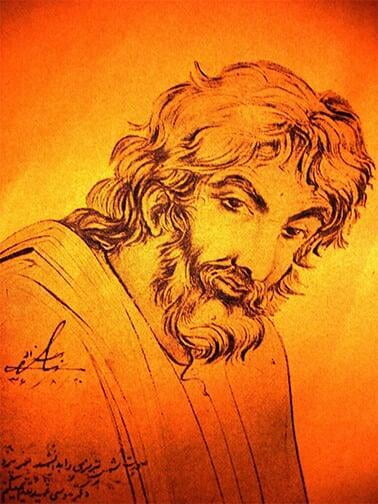
Shamus-i-Tabrizi
Shams was born in the 1180s in Tabriz, now part of Iran. From an early age he had mystical visions which were incomprehensible to his parents. On the verge of puberty, he developed an aversion to food and starved himself for 40 days. He found his spiritual teacher in the Sufi master, Hazrat Sheikh Abu Bakr Sallebaf, who would twirl him around in the tradition of the whirling dervishes. Shams also studied with Baba Kamal al-Din Jumdi, a highly educated man who valued the academic side of religion, as well as the spiritual aspects.
According to Rumi, Shams had a deep knowledge of alchemy astronomy, theology, philosophy and logic, and was a man of learning, wisdom and eloquence. In search of spiritual learning, Shams Tabrizi traveled all over the Middle East: Baghdad, Aleppo, Damascus, Kayeri, Sivas, Erzurum and Erzincan. He posed as a traveling salesman, staying in Inns like a merchant would, instead of at Sufi lodges. It is said he wove baskets and trouser girdles to eke out a living, and apart from using manual skills, he would give lessons to children on how to read the Quran.
Shams spent much of his life as a wandering dervish in search of a spiritual companion or disciple. His wanderings led him to Konya when he was almost 60 years old. It was there that he was to have his fateful meeting with Rumi in November of 1244. Shams transformed Rumi’s outlook on Sufism and showed him the path to the divine majesty. Their closeness became so strong that Rumi named one of his major works “The Works of Shams-e Tabrizi” after his teacher.
The stories about their meeting are several. One story relates that Rumi came into town riding his mule through the marketplace with his retinue of students behind him. Shams caught hold of the reins and rudely challenged Rumi with two questions. “Who was the greater mystic, Bayazid [a Sufi saint] or Muhammad?”
Rumi replied: “What a strange question! Muhammad is greater than all the saints.”
“So, why is it then that Muhammad said to God, ‘I didn’t know you as I should have,’ while Bayazid proclaimed, ‘Glory be to me! How exalted is my Glory?” In other words, Bayazid had claimed the station of God himself, understanding that God exist within us all.
Rumi explained that Muhammad was the greater of the two seekers because Bayazid could be filled by a single experience of God’s divine blessings. Muhammad’s capacity was unlimited, his desire endless, so he could never be filled.
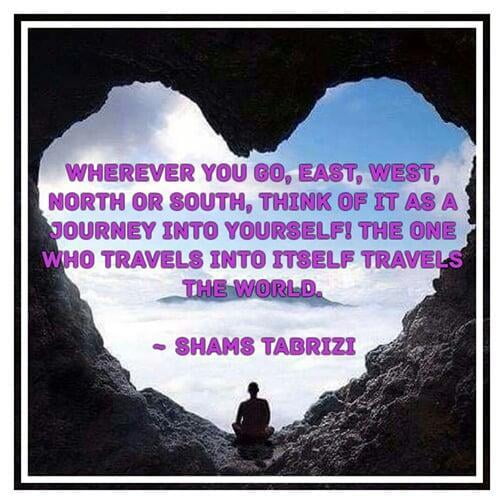
In each moment that he came closer to God, he regretted his former distant state. For that reason Muhammad had said: “I have never known you [God] as I should have.”
After this exchange of words Rumi felt a window open at the top of his head and saw smoke rise up to heaven. He cried out, fell to the ground, and lost consciousness for one hour. Shams, upon hearing these answers, realized that he was finally face to face with the object of his longing, the one he had prayed God to send him. When Rumi woke up, he took Shams’ hand, and the two of them returned to Rumi’s school together on foot.
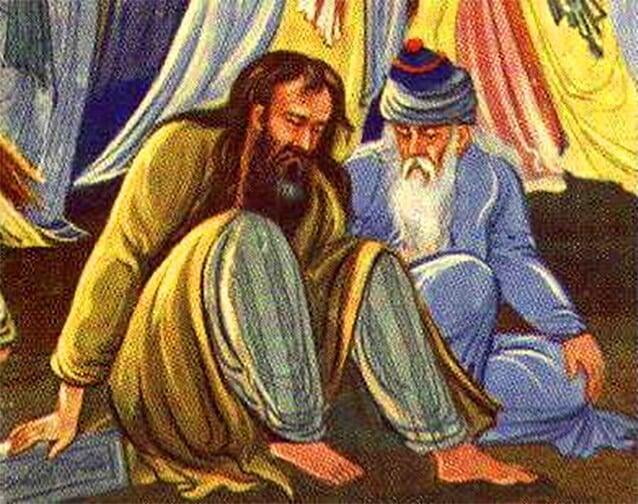
Another version of the tale has Shams passing by Rumi, who is reading a book. Rumi regards Shams as an uneducated stranger. Shams asks Rumi what he is doing, to which Rumi replies, “Something that you do not understand!” At that moment, the books suddenly catch fire, and when Rumi asks Shams to explain what has happened, Shams replies, “Something you do not understand.”
After his time spent with Rumi in Konya, Shams left and settled in Khov. As the years passed, Rumi attributed more and more of his own poetry to Shams as a sign of love for his departed master. In Rumi’s poetry Shams becomes a source of shining light leading to the love of God. Shams name actually means “sun” in Arabic.
Rumi
Rumi’s world view was based on the idea that all things are in a constant flow as they are seeking to join the Universal Divine Oness. In other words, all things are seeking to return and to unite with Sugmad or God. The force that drives this flow is Love itself, the binding force of good that underlies the entire Universe.
Each person’s life is part of this divine flow. At death, the Soul is not lost, but returns to the Universe in another form, and then comes back to Earth in an endless flow of birth, death and rebirth.
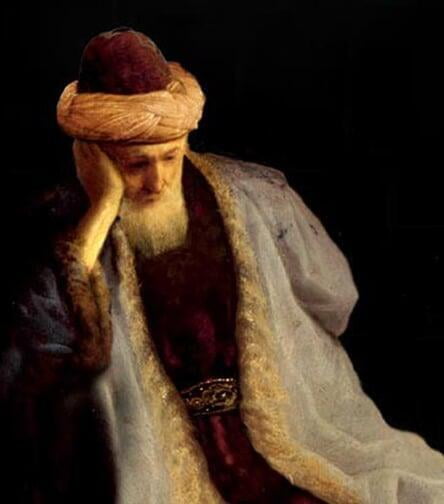
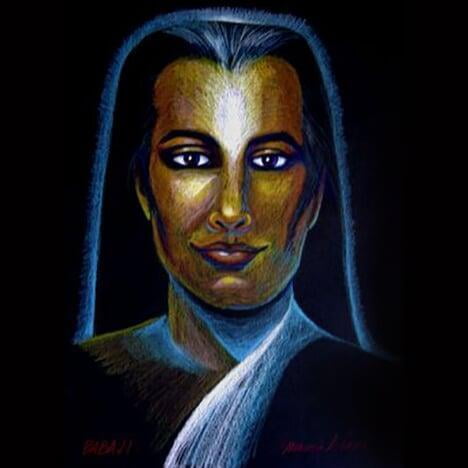
Babaji
In one of his earlier incarnations as Babaji Nagaraj, Babaji taught Kriya Yoga, a synthesis of the ancient teachings of the 18 Siddha traditions. Kriya yoga introduces a series of techniques or ‘kriyas’ grouped into five phases or branches that can help students accelerate their consciousness through breathing exercises.
In his most recent incarnation as Shri Haidakhan Babaji, Babaji taught four main principles: TRUTH, SIMPLICITY, SERVICE and LOVE.
When we claim SIMPILICITY in our daily lives, we live closer to the essence of who we are. We don’t distract ourselves with needless problems, trap ourselves in debt, or generate negative karmic relationships or dramas in our lives. We let go of our need to own, control and possess people and events. We release our obsession with materialism, fancy cars, big houses, and status symbols.
While all of this may appear nice, our attachment to having it only pulls us away from our essential Self. In pursuit of those transient goals, we often lose our integrity, our health, our joy, and our honor, and we disconnect ourselves from our higher purpose.
Following the path of SERVICE is the path to creating good karma. Babaji taught the importance of Karma Yoga. This means giving service to humanity. Through genuine heartfelt SERVICE we can release many of the negative engrams that we have built up in the past.
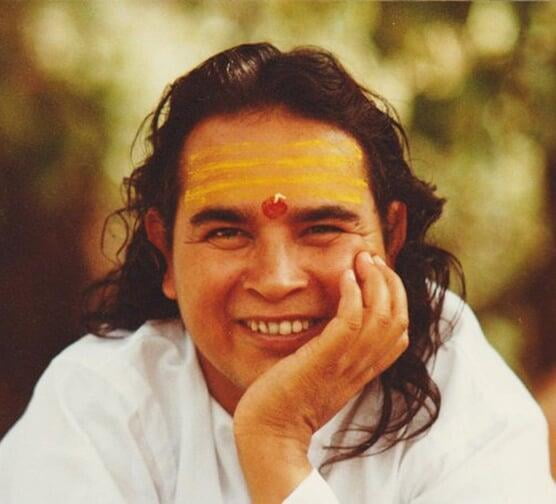
LOVE is the highest principle of all, and it is linked to all the others. When we follow a path of LOVE, then we follow a path of divine service to all living things. And because LOVE is the energy that connects all things in the Universe, when we open to LOVE we become connected to the flow of Spirit. We live in the resonance of God. We open to our highest Self. We send out signals to the Universe to support us, as we support it.
LOVE is the vibration of healing, unity, understanding and happiness. When we follow the path of the LOVE it will always take us to God, the Source of all Creation.
Babaji emphasized Mantras. These are vibrational SEED SYLLABLE energies, often sung in Sanskrit, much as we use HU, or HU SUGMAD HU. Babaji called this chanting Japa Nam (or repeating God’s name).
He recommended the mantra Om Namaha Shivaya. These words mean “I surrender to the Divine,” or “Lord, Thy Will Be Done.” This mantra holds the qualities of purification and protection uttered by the Creative Source. Babaji also taught that all religions are based on the same teachings and to follow the religion that is in your heart.
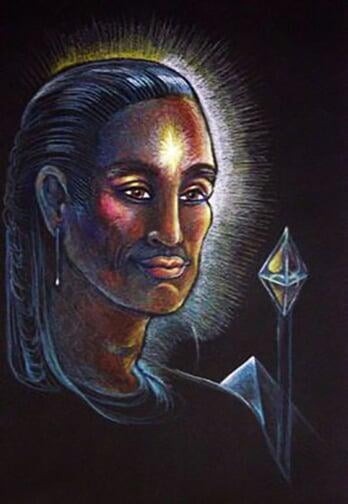
Rama
Prince Ramachandra incarnated at a very ancient time in Earth’s history, said to be the Treta Yuga or Third Age of the world. He lived in the kingdom of Kingdom of Kosala, India and is described as kind, thoughtful, giving and introverted.
Rama was the eldest of four princes of King Dasharartha from the Raja Harish Chandra lineage, and because of his goodness and wisdom, chosen to succeed his father on the throne.
However when the King fell ill, and his youngest wife nursed him back to health, the King swore to grant his young wife anything she wished. The young queen told the King that she wished him to exile Rama to the Dandaka forest for 14 years, and to put her son on the throne instead. ‘
Deeply angered at this request, the King did not wish to comply. But Rama tells his father that he should keep his word, adding that he does not crave earthly or material pleasures, nor does he seek power. Rama spoke with about his decision to leave with Sita, his wife, and reassures everyone that time will pass quickly. Sita, who is an incarnation of Lakshmi, Vishnu’s mate in Heaven, leaves with Rama to live in the forest. His loyal brother Lakshmana joins them in their exile.
After ten years of wandering, they arrive at the banks of the Godavari river. This region had many demons called rakshashas. One day, a demoness becomes enamored of Lord Rama and tries to seduce him, but Rama refuses. She retaliates by threatening Sita. Lakshmana attacks the demon by cutting off her nose and ears.
New of this conflict reaches the ears of the demon king Ravana, who comes to take revenge on Lord Rama. But upon beholding Sita’s beauty, Ravana kidnaps her instead, whisking her away to his kingdom in Sri Lanka.
When Rama and Lakshmana discover that Sita has been taken, but they despair at how to get her back. They set off, traveling south, hoping to marshal an army, and along the way they attract the loyal attention of the great monkey king Hanuman.
Hanuman and his people help Rama to build a land bridge to Sri Lanka, and together with his army of faithful animals, he confronts Ravana. Ultimately Rama fights in a war and prevails, killing Ravana and defeating the forces of evil. He rescues his beloved wife and they eventually return to the kingdom of Ayodhya.
